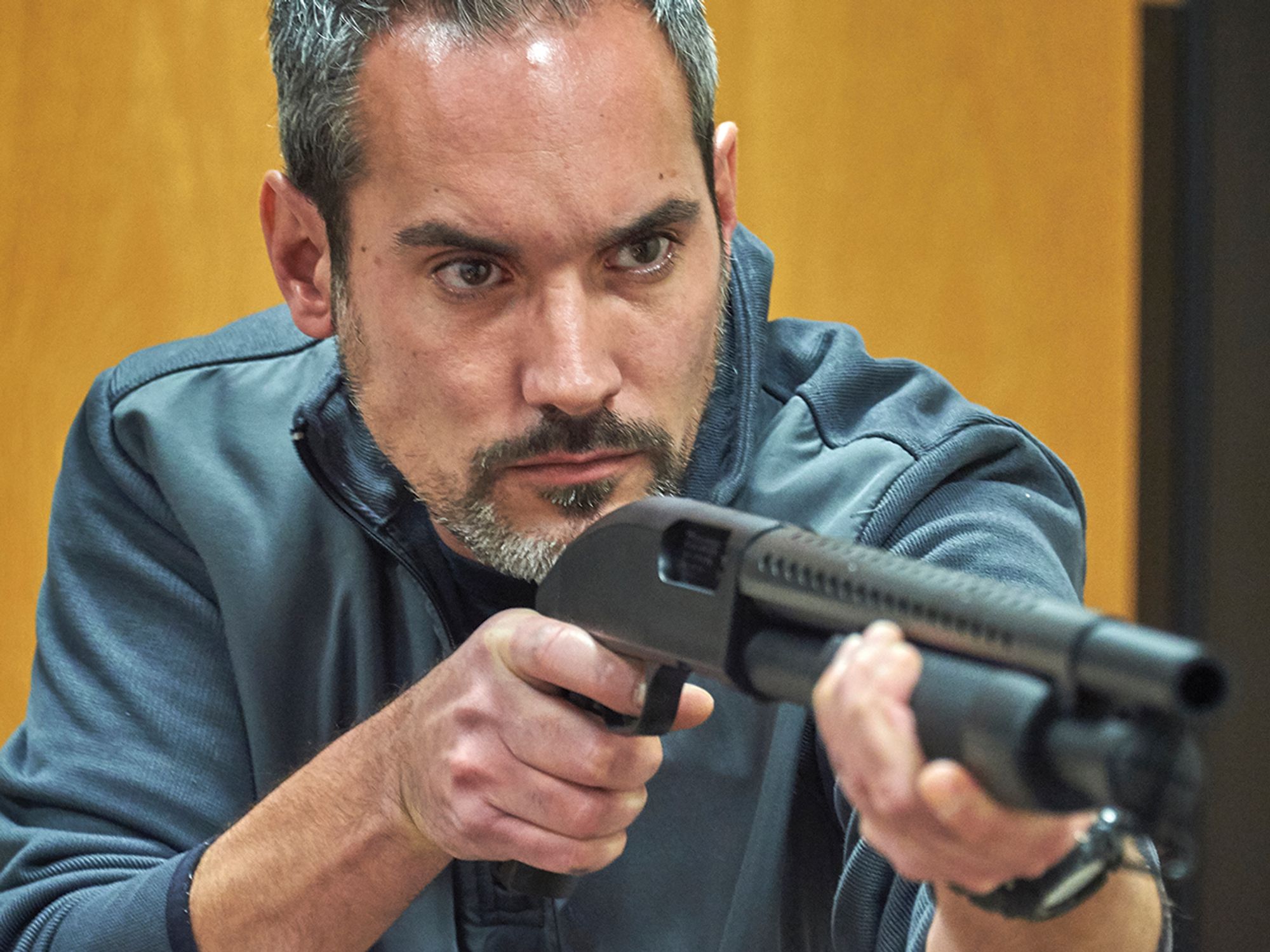Active shooting incidents

- Active shooting incidents have been on the rise in the United States, and paying attention to warning signs can help prevent future incidents in the workplace.
- Active shooters tend to be white males acting alone but are otherwise difficult to profile.
- Shootings often begin with the shooter targeting specific individuals and then moving on to a larger pool of victims chosen by opportunity.
While it’s scary to use the word “epidemic” when describing active shootings in the United States, incidents are becoming more frequent. Attack locations are unpredictable — most often businesses, but also schools, government buildings, churches, and outside venues. In addition, the number of people injured or killed during each incident is rising.
Shooters often exhibit signs (subtle though they may be) in the weeks before an attack, and paying attention to these signs can save lives.
For most people, believing someone they know is capable of such violence can be difficult. Thoughts of “I’m overreacting” or “I’ll get them in trouble” can stop people from reporting what they have observed. But there is a difference between tattling (or wanting someone to get into trouble) and telling (or wanting to save someone or prevent something bad from happening).
The more familiar people become with the warning signs conveyed by shooters leading up to their attacks, the more incidents can be prevented.
Characteristics of active shooters
According to the U.S. Department of Homeland Security (DHS), an active shooter is “an individual actively engaged in killing or attempting to kill people in a confined and populated area.” The majority of incidents end before law enforcement arrives. To help prevent loss of human life in an active shooting incident, companies and individual employees must take steps to plan and prepare for these types of events.
The unfortunate truth is there are few similarities among active shooters, the locations they target, or their choice of victims. A study by the Federal Bureau of Investigation (FBI) found that the majority of shooters were males acting alone, but other demographic factors varied widely. Aside from gender (94% male) and race (63% white), there were no similarities in age, education, employment, or criminal background of the shooters studied.
Active shooting incidents
Active shooting incidents start abruptly and typically last just minutes, most often ending before police arrive on the scene. These incidents have taken place in rural areas, suburban communities, and large cities. Most incidents happen in areas of commerce (42%), but shooters also target schools, open areas, government buildings, residences, churches, and healthcare facilities.
If a shooter is targeting specific individuals (which occurs in the majority of cases), the rampage may start in a private residence or office building and then move to a more populated location. There, the shooter continues shooting, indiscriminately choosing victims simply by who is easiest to hit. The age, gender, race, religion, and culture of victims rarely matter to the shooter.
The FBI study also looked at the amount of time shooters spent planning and preparing for their attack:
- Planning: Active shooters can spend anywhere from a few hours to years planning their attacks. This can include things like making the decision to be violent in the first place, selecting targets, and conducting surveillance. Since planning largely takes place in the shooter’s mind, it may go unnoticed, especially if the shooter is already familiar with his targeted location or intended victims’ schedule.
- Preparing: Actions taken to prepare for the shooting, such as making arrangements for the event or obtaining firearms or body armor, are more noticeable.
